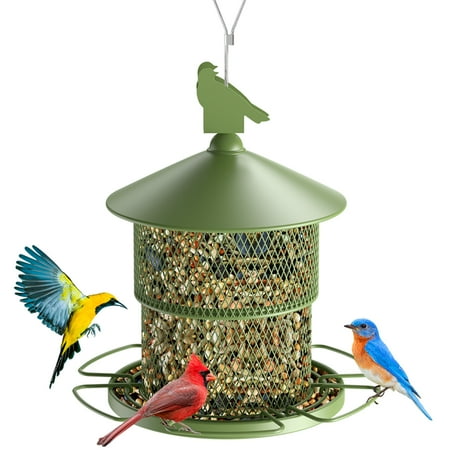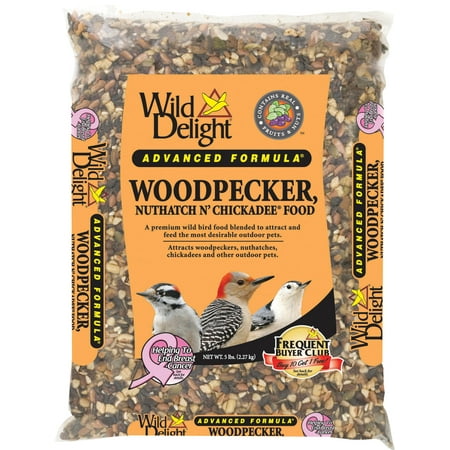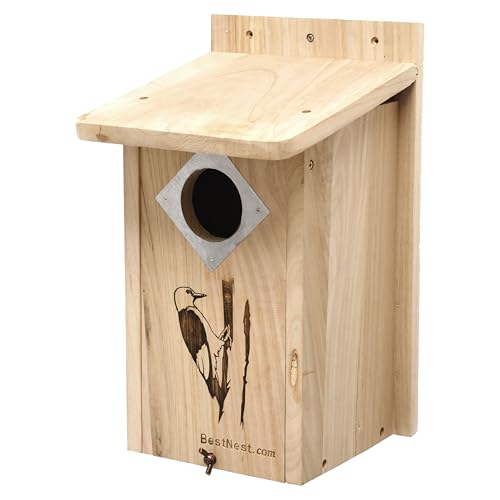How to care for woodpeckers in winter – expert advice to help these birds survive the colder months of the year
Discover how to care for woodpeckers in winter by providing food, water and shelter

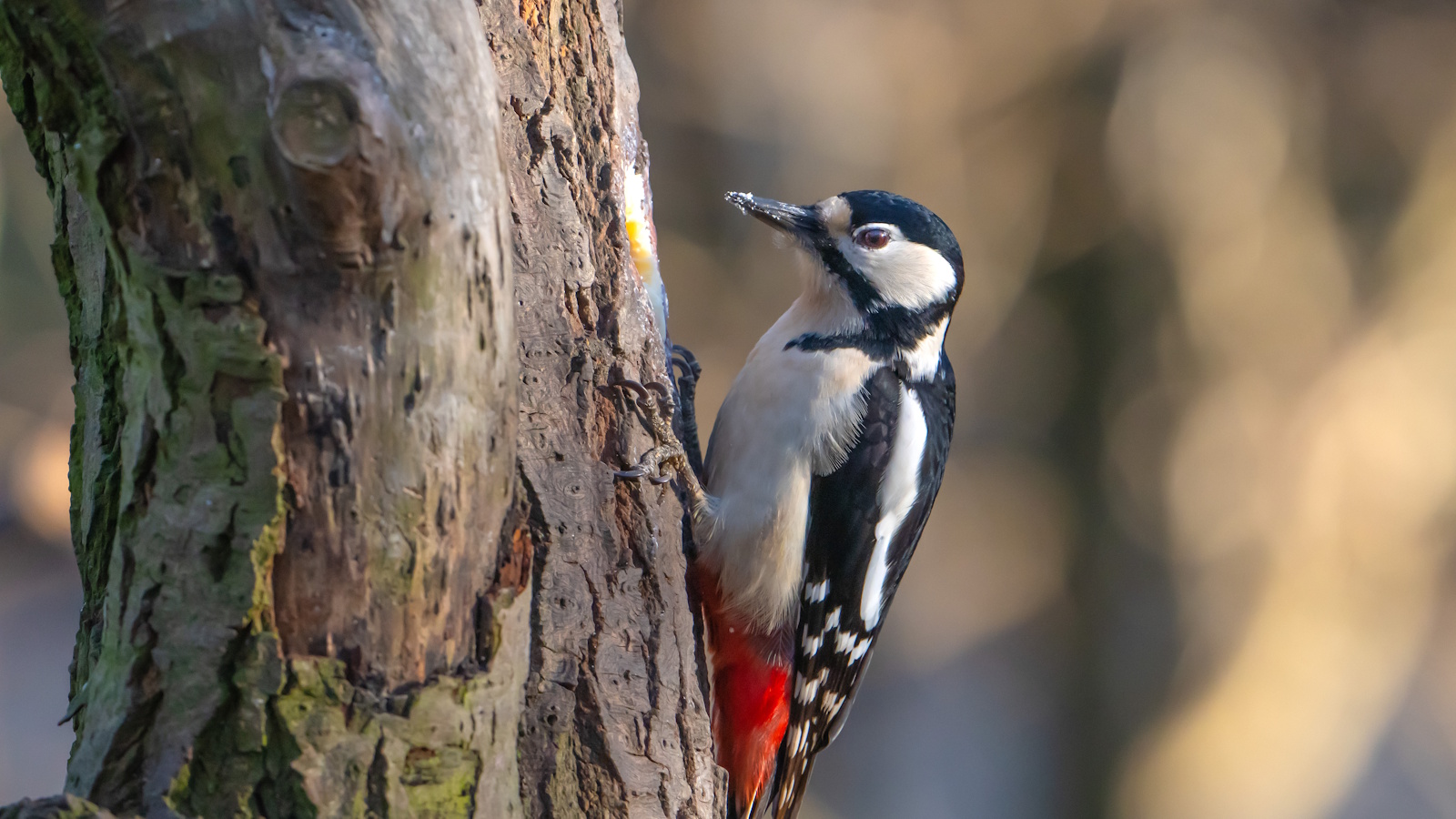
Why does a woodpecker peck? For several reasons, actually. That familiar drumming sound, charming to some yet maddening to others, is the result of frenetic pecking that can amount to 20 pecks per second or 12,000 pecks per day. The reason for this is that woodpeckers need to use this superhero-like pecking ability to carve out shelter, uncover and consume insects, and communicate with other woodpeckers.
There are 239 species of woodpeckers worldwide, found drumming across the Americas, Europe, Asia and Africa. In North America, there are 23 native species, some of which, like the northern flicker, migrate south for winter, while most of these, including the red-bellied and downy woodpeckers, remain in situ year-round, even during the cold fall and winter months.
As gardeners, we have a responsibility to support and nurture wildlife in our yards at all times of year, and there are a few quick and simple steps that can help support and bolster woodpecker populations in your region. So, if you are keen to learn how to help garden birds in winter, our expert guide for woodpeckers has all the information you need to know.

How to care for woodpeckers in winter
If you are keen to implement some wildlife garden ideas in your yard this year, learning how to attract woodpeckers and care for them in the winter months is a good place to start. While you may find the drumming sound a nuisance or worry about damage to your home, providing adequate shelter, habitat and food in your borders (away from your home) can stop woodpeckers from pecking your house.
1. Providing food for woodpeckers

Feeding birds in winter is important, particularly as temperatures drop and food becomes scarce. 'Growing native plants, including shrubs with fall berries such as viburnums, dogwoods, lingonberries and bayberries is a good idea to help birds in fall and winter,' says Meredith Simpson, horticulturist and leading grounds crew member at the Oudolf Garden, Detroit. 'Go with a natural, unclipped look in fall and winter to allow for maximum fruit production and consumption.
'Here in the Oudolf Garden, we do not cut down the garden until very late winter or even early spring,' Meredith adds. 'Generally, we leave perennials until just before the spring bulbs emerge. This provides a great habitat for overwintering birds, with insects and seedheads enjoyed as food.
'Leave the seedheads of perennials like echinaceas, wild quinine and globe thistles,' Meredith says. 'We love to see woodpeckers, finches and sparrows as they feed, hop and sing around the garden in winter.'
Design expertise in your inbox – from inspiring decorating ideas and beautiful celebrity homes to practical gardening advice and shopping round-ups.
Meredith also recommends 'leaving the leaves' so that they form a mulch in your borders. 'Caterpillars and other insects found in the leaf litter are picked up by birds for feeding. There is so much life in those decaying leaves that feeds birds while also helping to improve soil health as the leaves decompose.' So, that is one job to remove from your winter gardening checklist.
If you also want to provide an added boost for woodpeckers in your yard, you can also set up one or two bird feeders, filling them with peanuts or sunflower seeds, both of which woodpeckers enjoy. Alternatively, you can hang fat balls or suet in trees and shrubs, which they also adore. Woodpecker suet cake is available from Amazon.

Meredith Simpson is a leading member of the Oudolf Garden Detroit's grounds crew, managing the garden’s plant sourcing, operations and maintenance efforts. She is a long-time perennial gardener with a particular interest in modern planting design and environmental stewardship.
2. Providing shelter and habitat for woodpeckers

'For woodpeckers and other cavity-nesting birds like chickadees, leave a dead tree or partial tree limb whenever you can,' Meredith says. 'Occasionally trees will lose a thick branch or trunk during fall or winter storms.
'If you can, leave fallen branches and stumps for these beautiful birds. In addition, insects tunneling in the bark of fallen limbs will provide an important food source for birds in winter. If you need to move fallen limbs for safety or style, consider stacking logs and branches at the back of borders.'
While it is preferable to let woodpeckers nest in tree cavities, you can also hang one or two of the best birdhouses, which will provide an easy option for visiting woodpeckers to roost in the winter. Position these nesting boxes atop tall trees, providing good visibility for woodpeckers to inspect their surroundings.
3. Provide water in winter
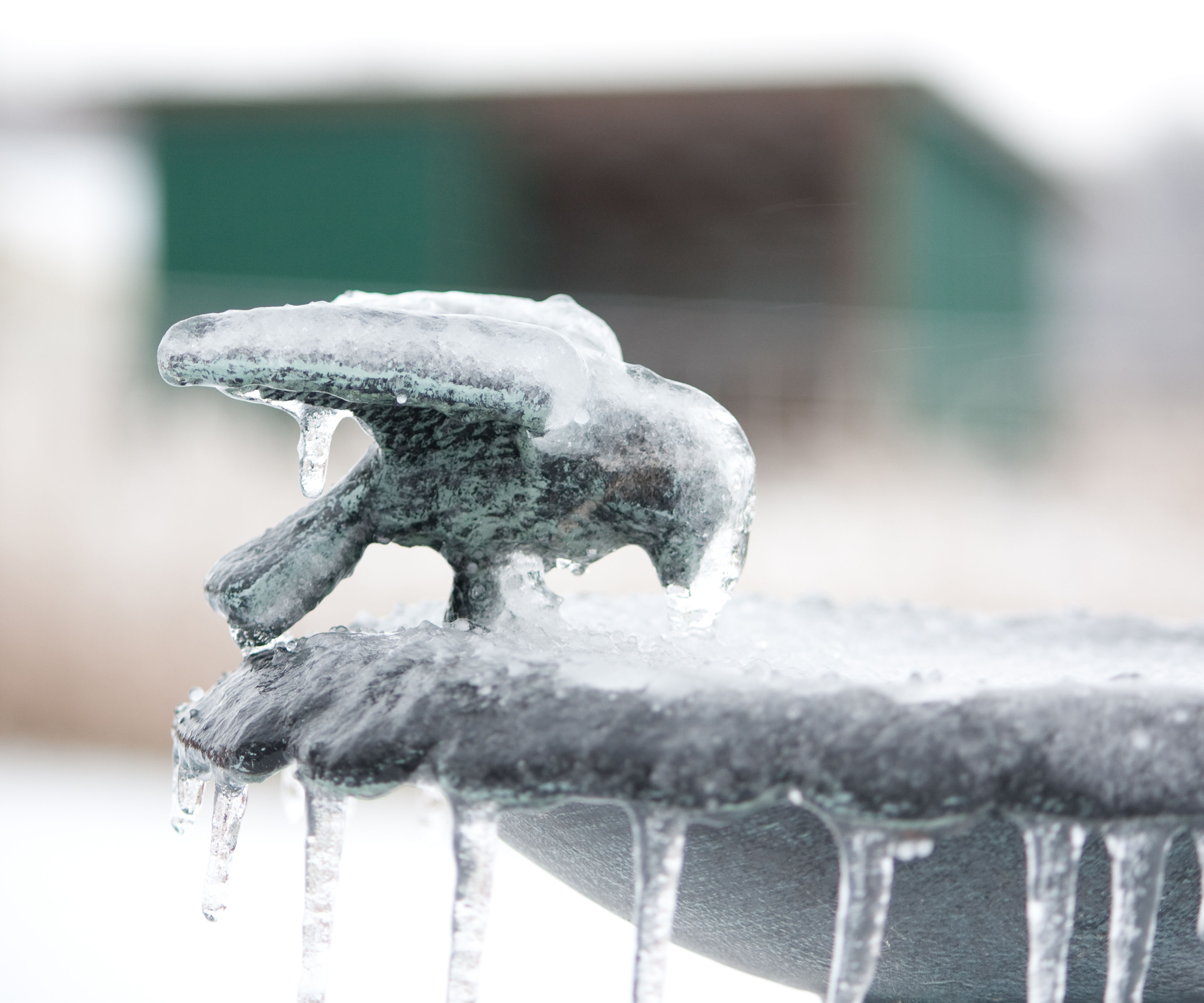
During the winter months, it is important to provide access to water for woodpeckers and other birds. While we might not be in our yards quite so much during November, December and January, birds still need hydration.
In terms of bird bath winter care, keep an eye on watering spots especially when the temperature drops below freezing. You might need to break up ice to ensure birds can access water.
There are many attractive options available to buy online, such as this hanging bird bath from Amazon, which will dangle from a tree branch and provide a good opportunity for you to observe visiting birds. Alternatively, you can easily learn how to make a bird bath by simply using an old pot saucer or plastic tray and filling it with fresh water every week.
FAQs
Are woodpeckers endangered?
While many woodpecker species are thriving across North America, there are a handful of species that are considered vulnerable, threatened or endangered, including the ivory-billed woodpecker. Growing native plants and nurturing woodland habitats will help play a small part in supporting woodpeckers. For example, in recent years, the red-cockaded woodpecker has been downgraded from endangered to threatened. While not out of the woods, this shows that by caring for these native birds, we can reverse declining species.
'The best thing you can do to help woodpeckers,' Meredith adds, 'is going organic. Spraying or using chemicals in your yard, whether for mosquitoes or other pests is to be avoided at all costs. These chemicals kill insects, which are a vital food and protein source for birds and other wildlife.'
For more information and inspiration, see our guide on permaculture gardening, full of tips and tricks to go organic in your yard.

Thomas is a Content Editor within the Gardens Team at Homes and Gardens. He has worked as a professional gardener for both public spaces and private estates, specializing in productive gardening, growing food and flowers. Trained in Horticulture at the Garden Museum, he has written on gardening and garden history for various publications, including The English Garden, Gardens Illustrated, Hortus, The London Gardener and Bloom. He has co-authored a Lonely Planet travel book, The Tree Atlas, due out in 2024.

